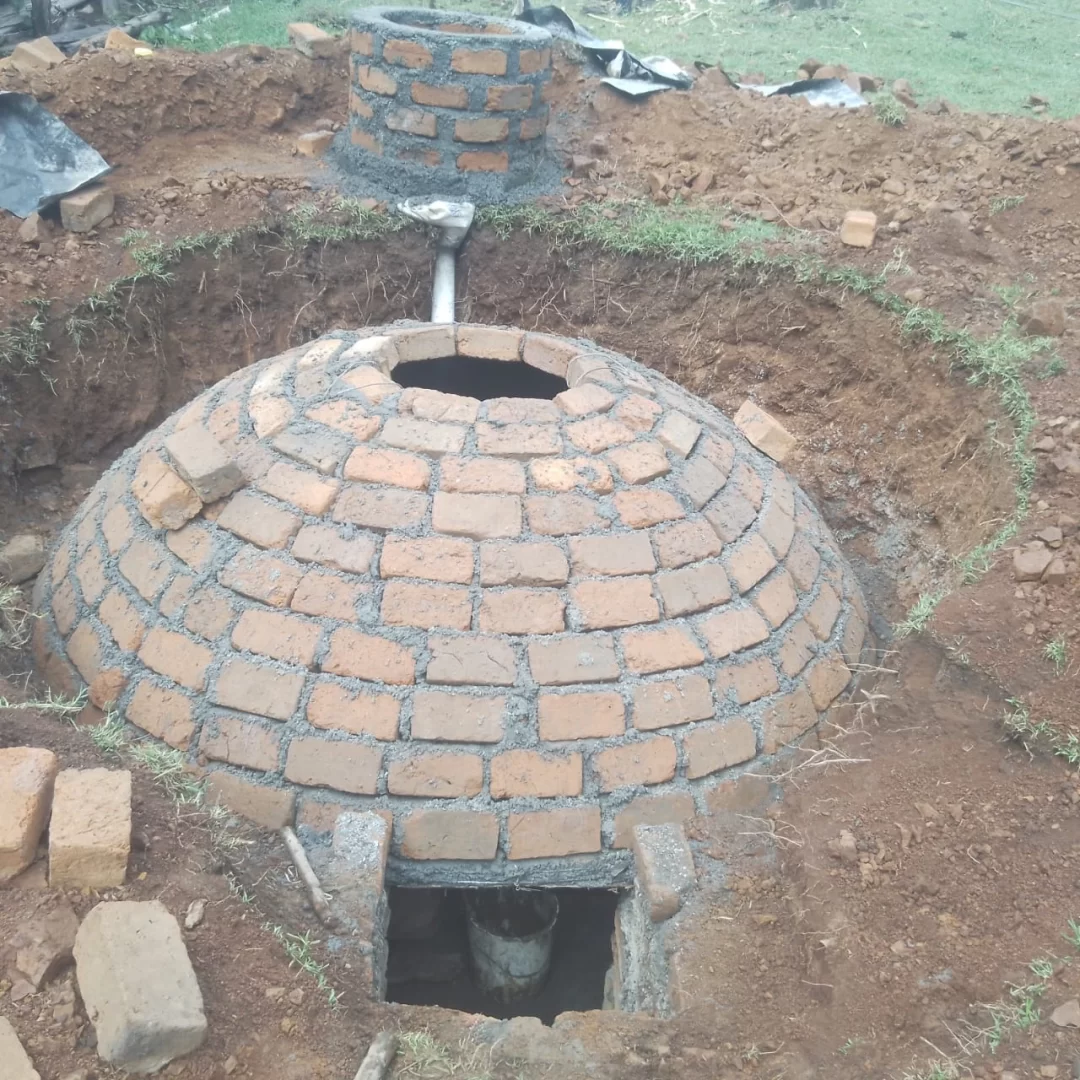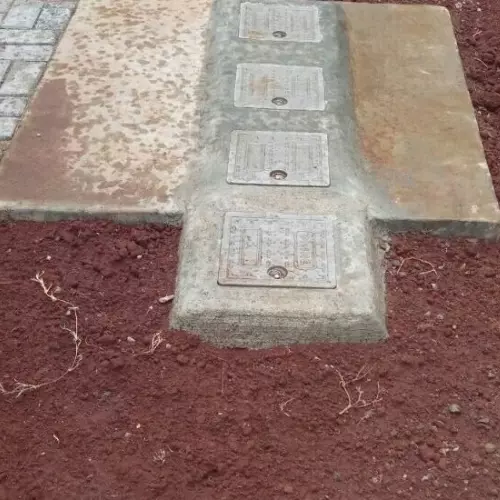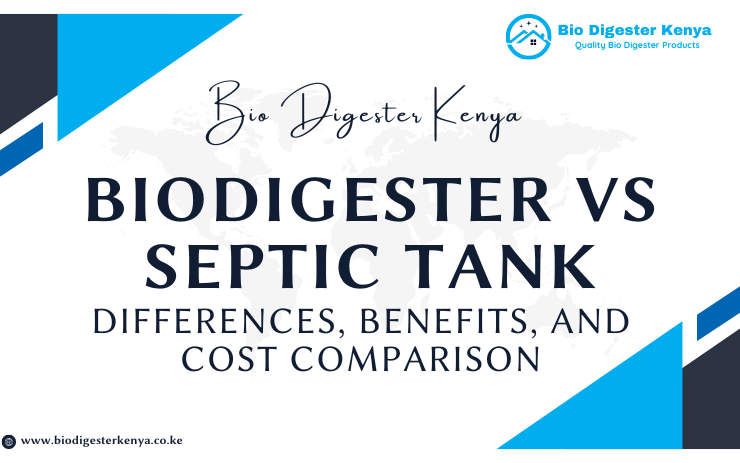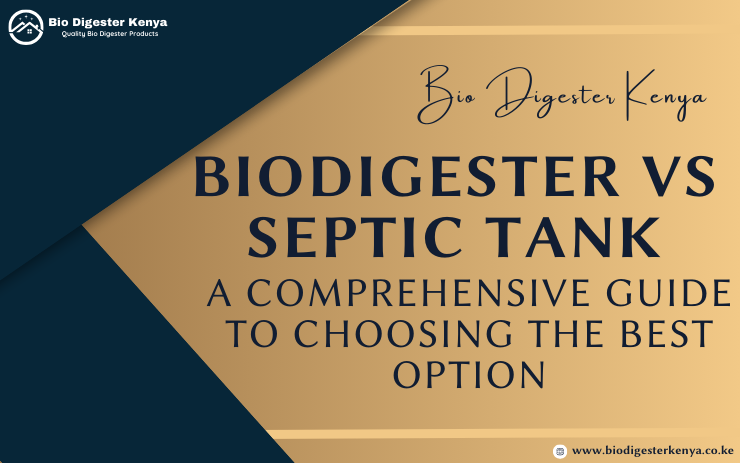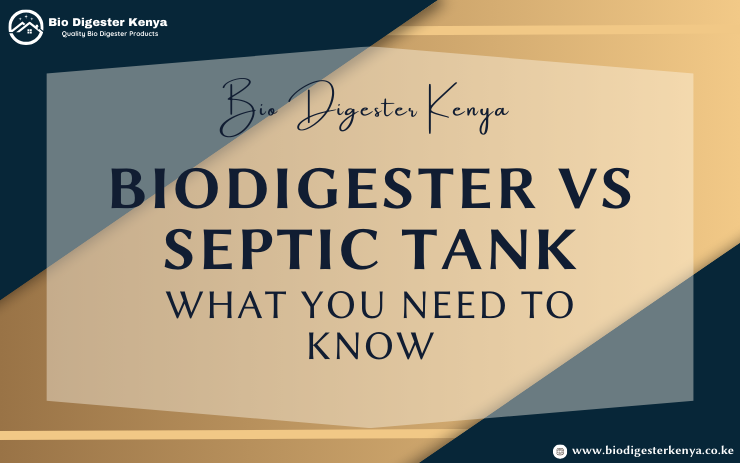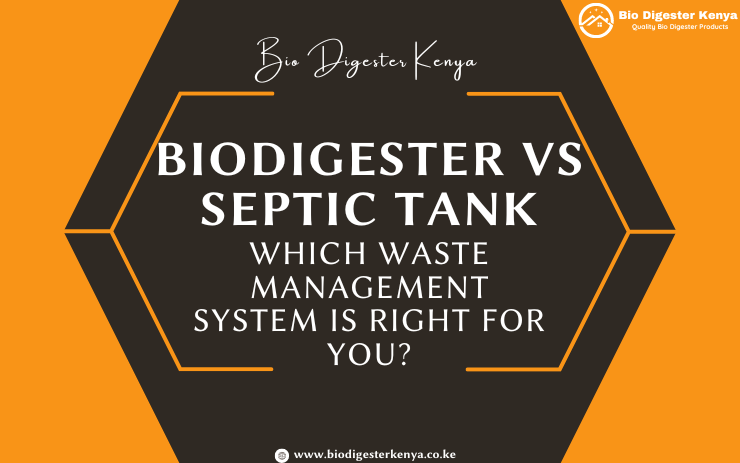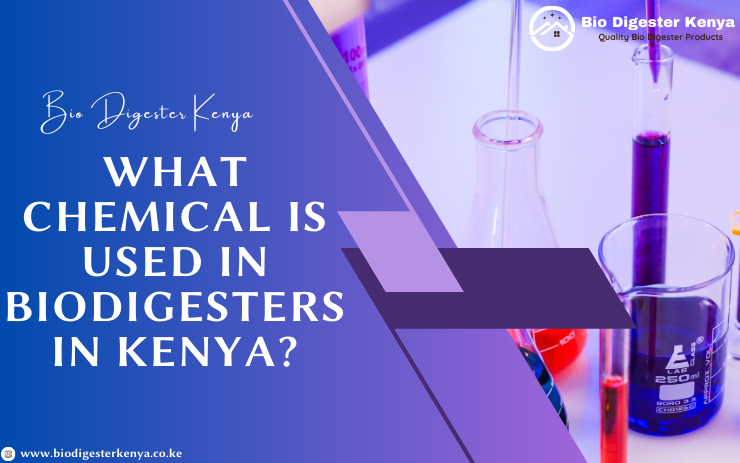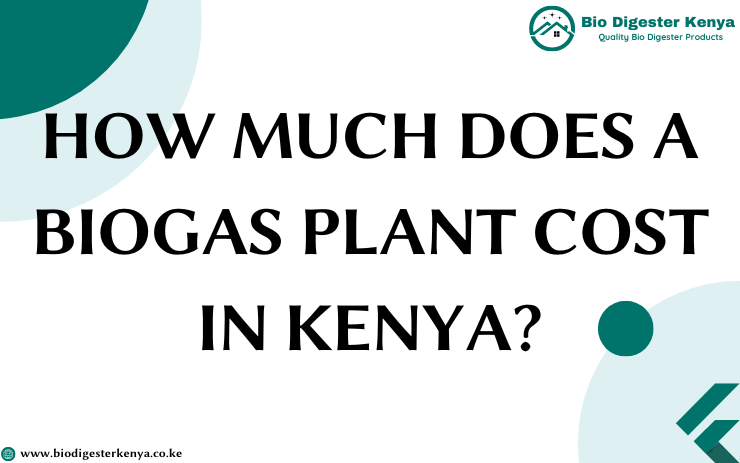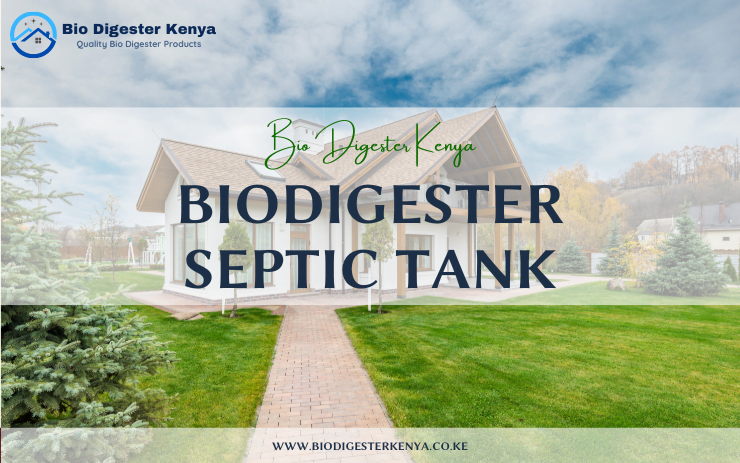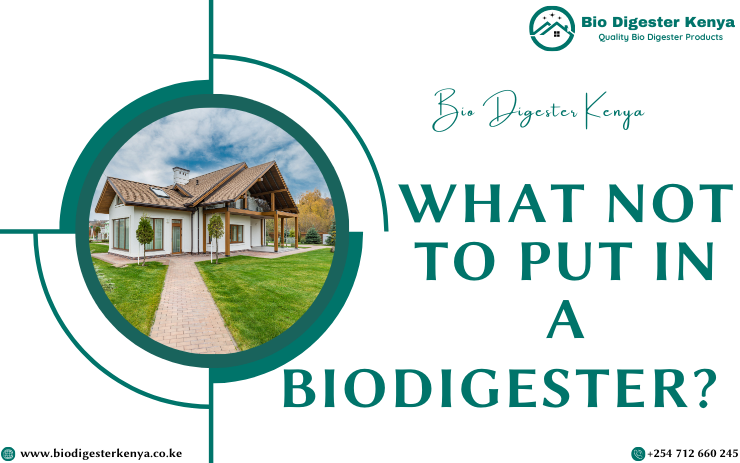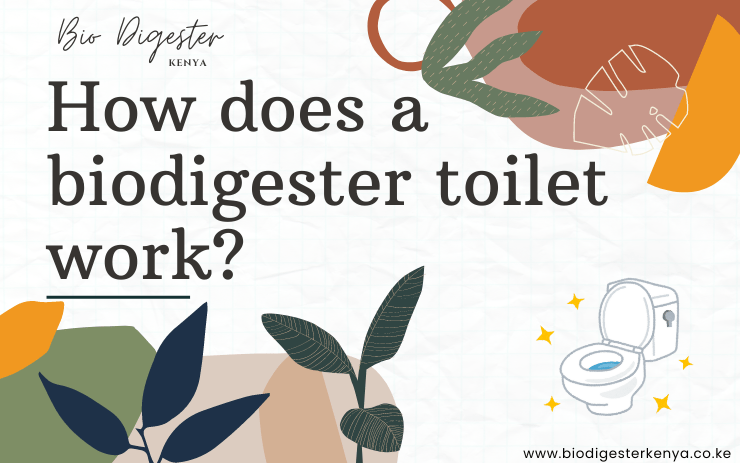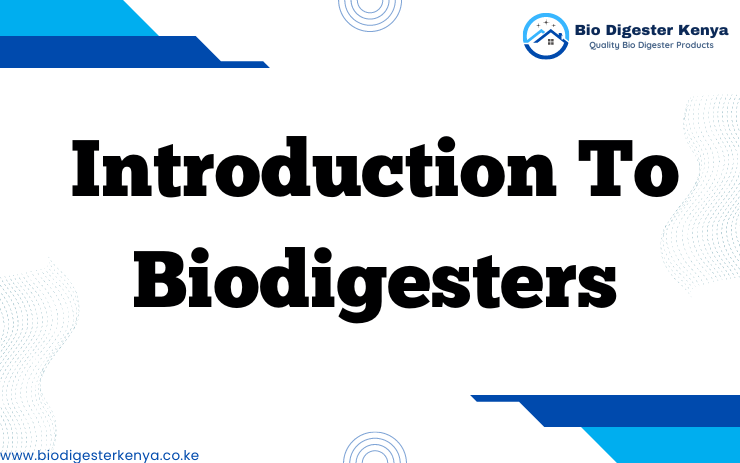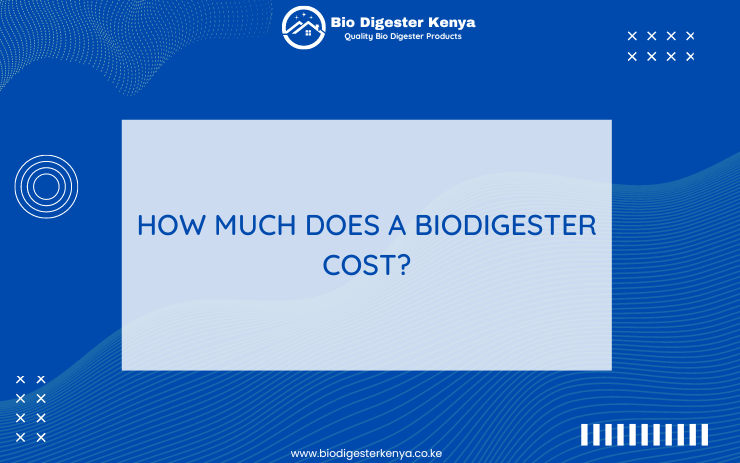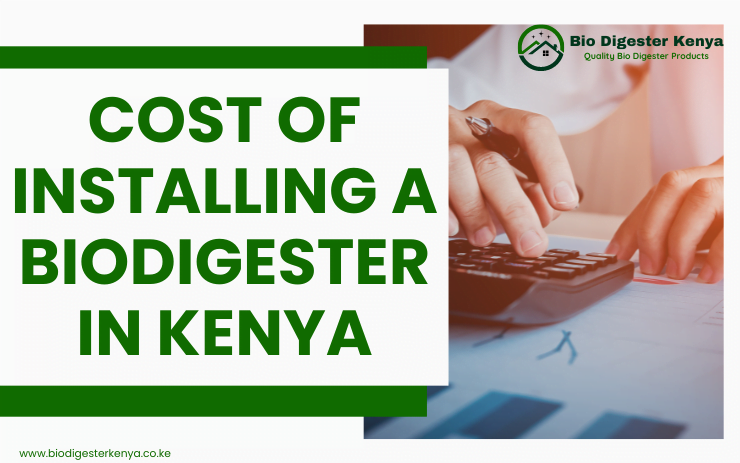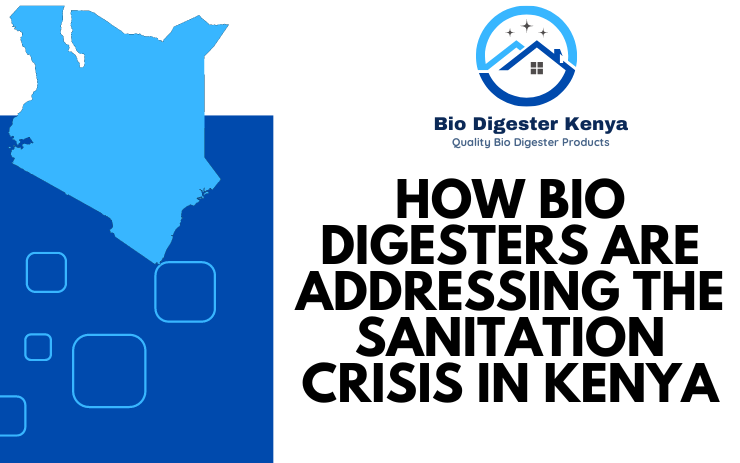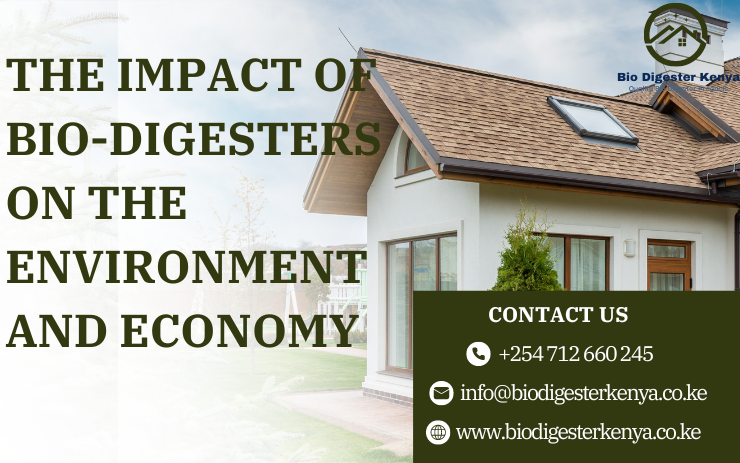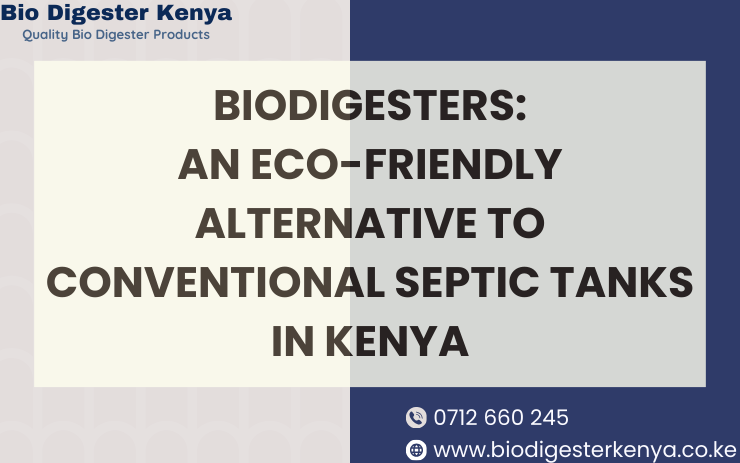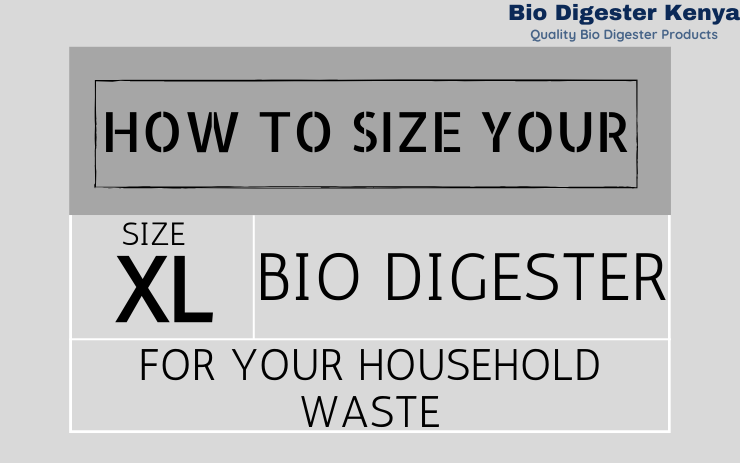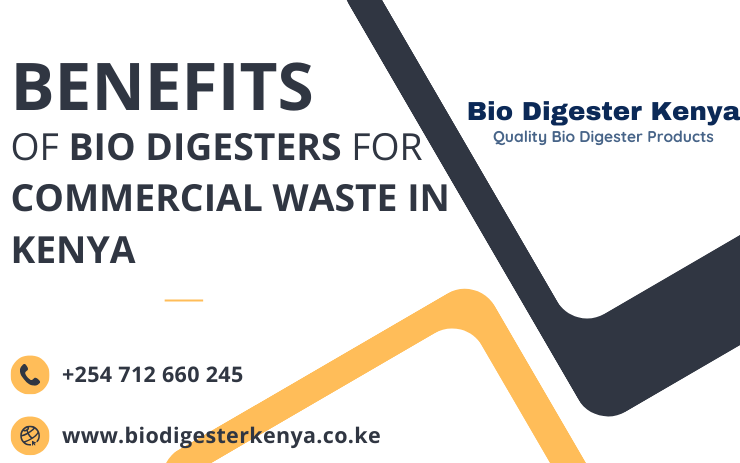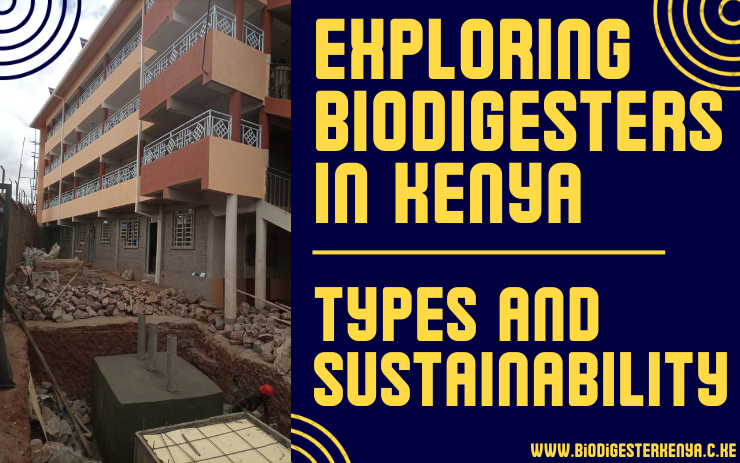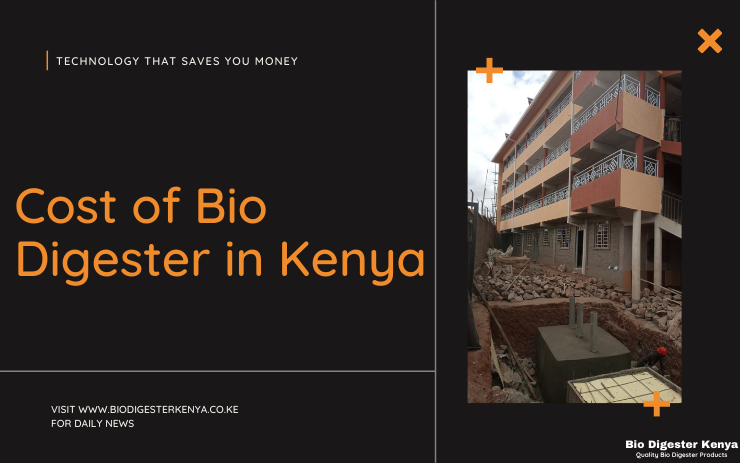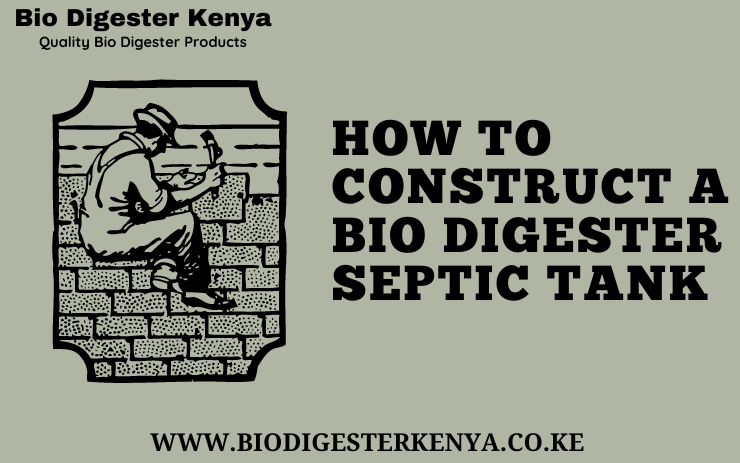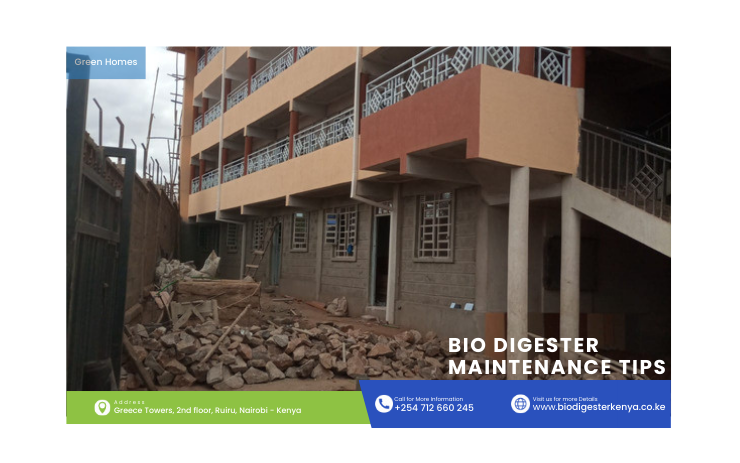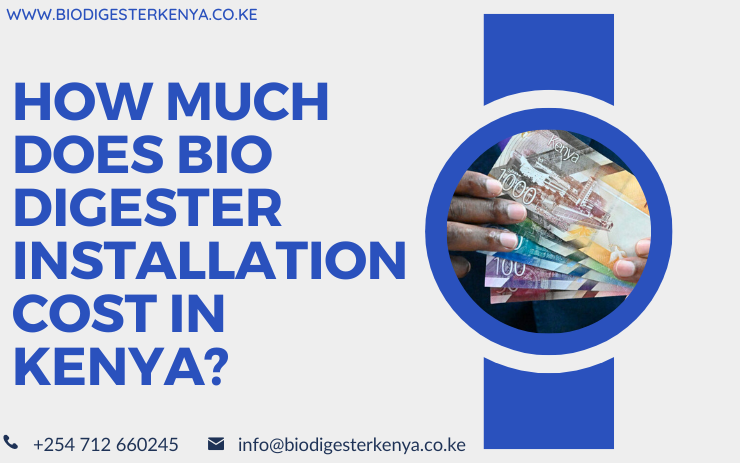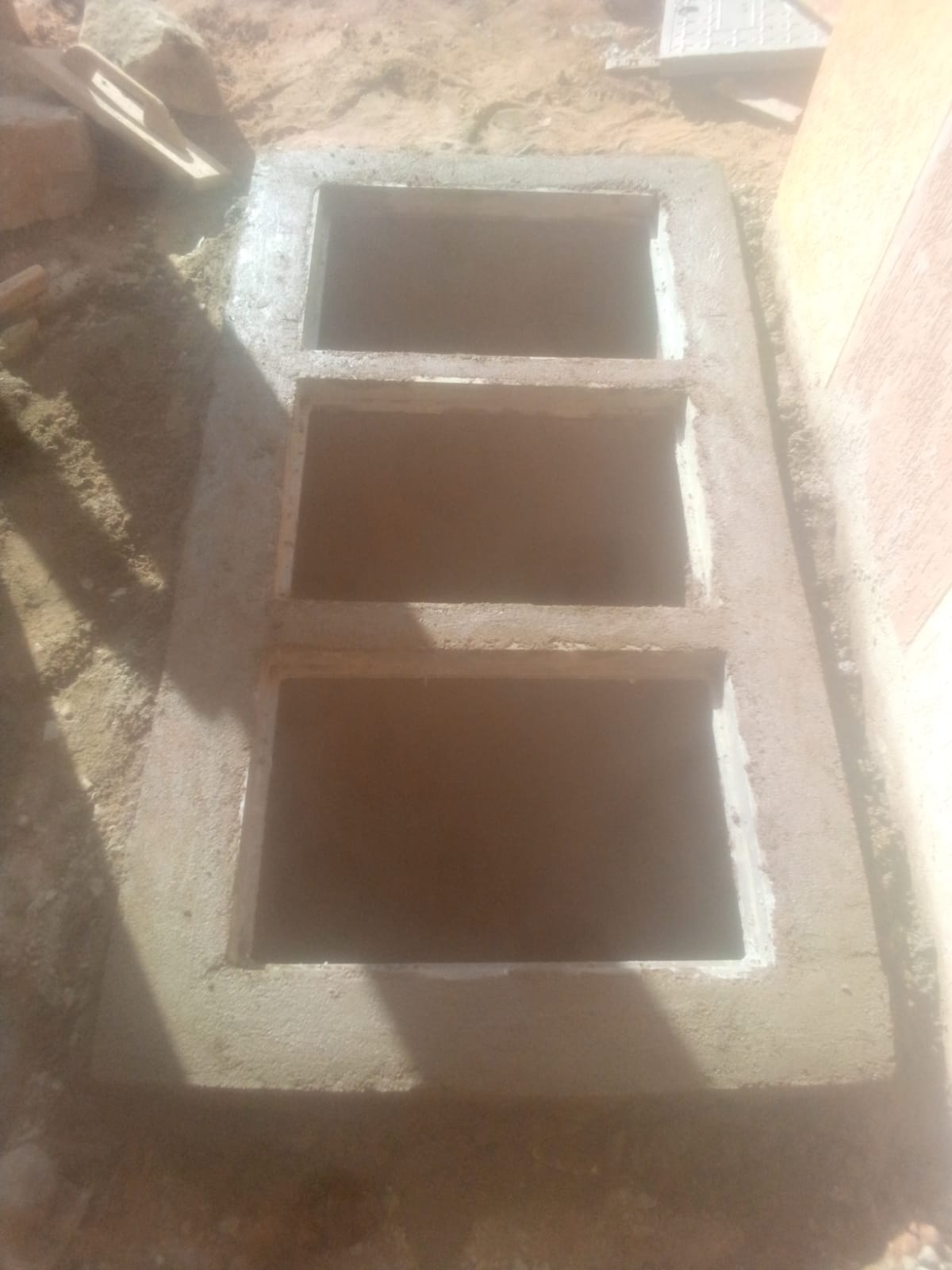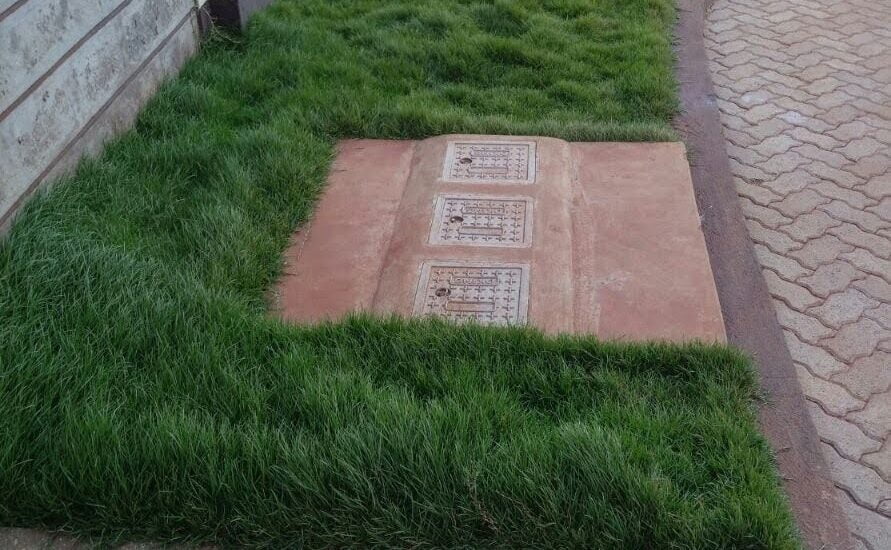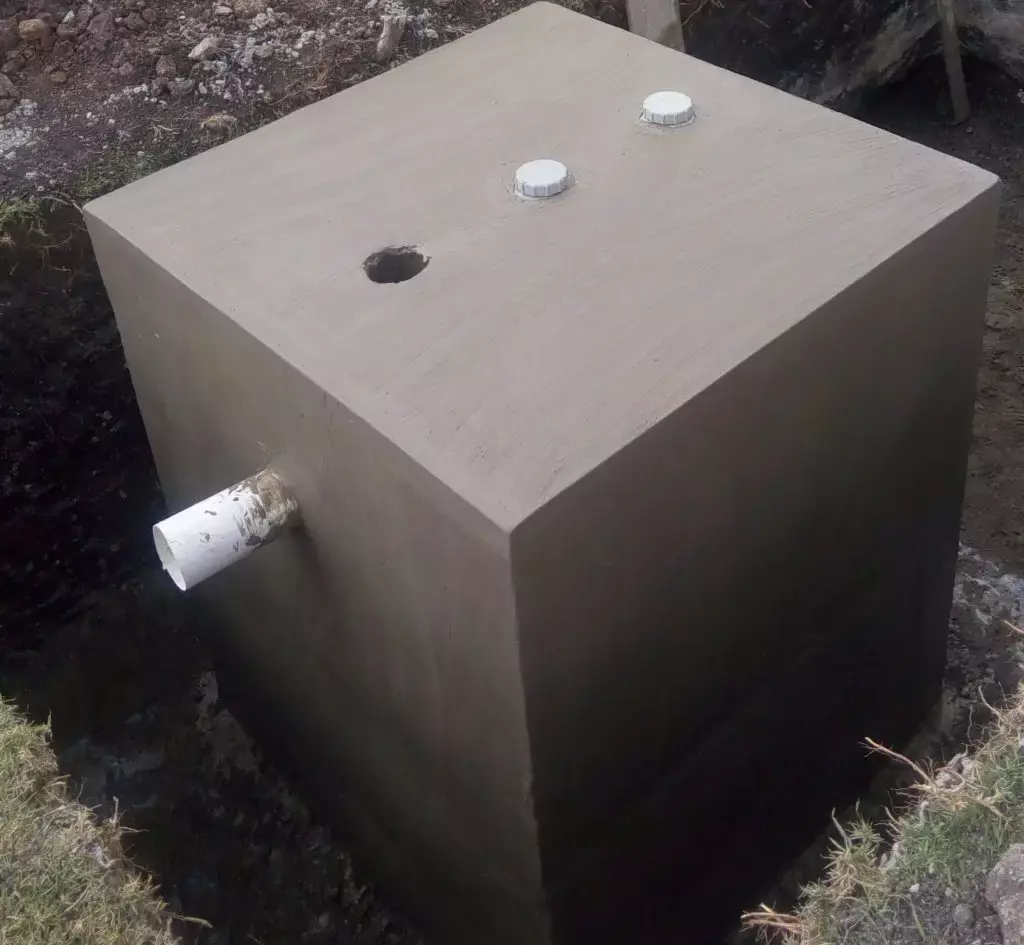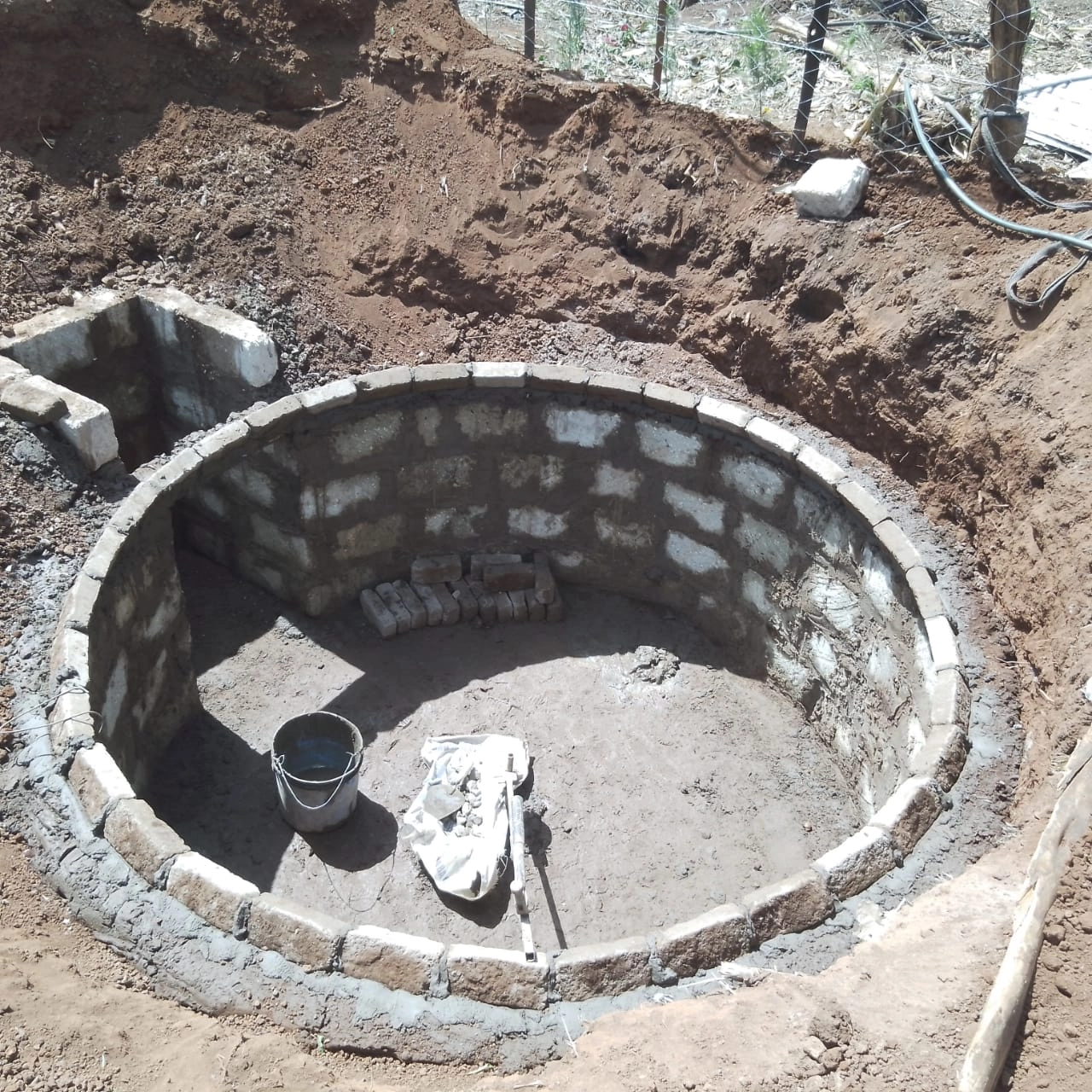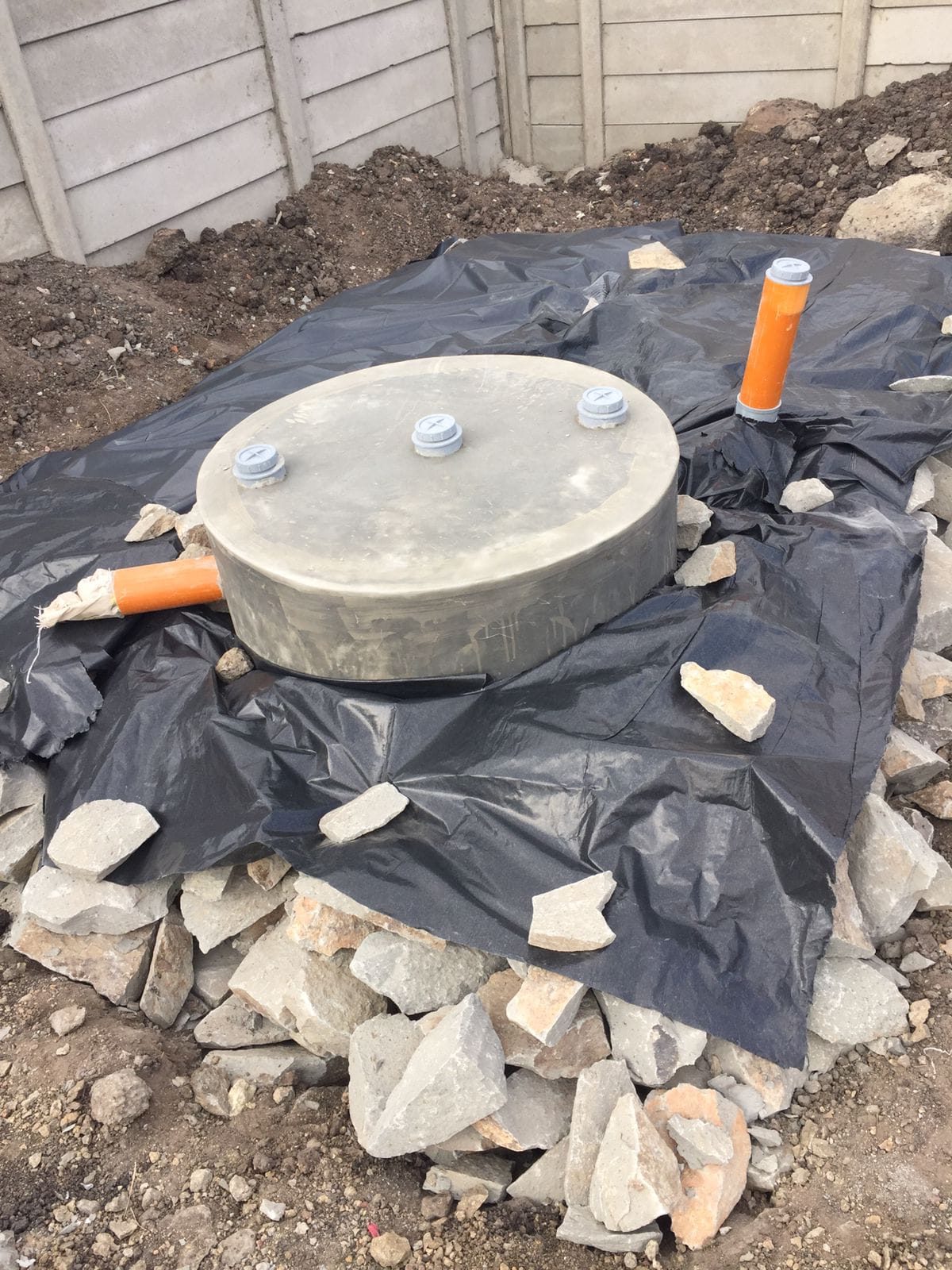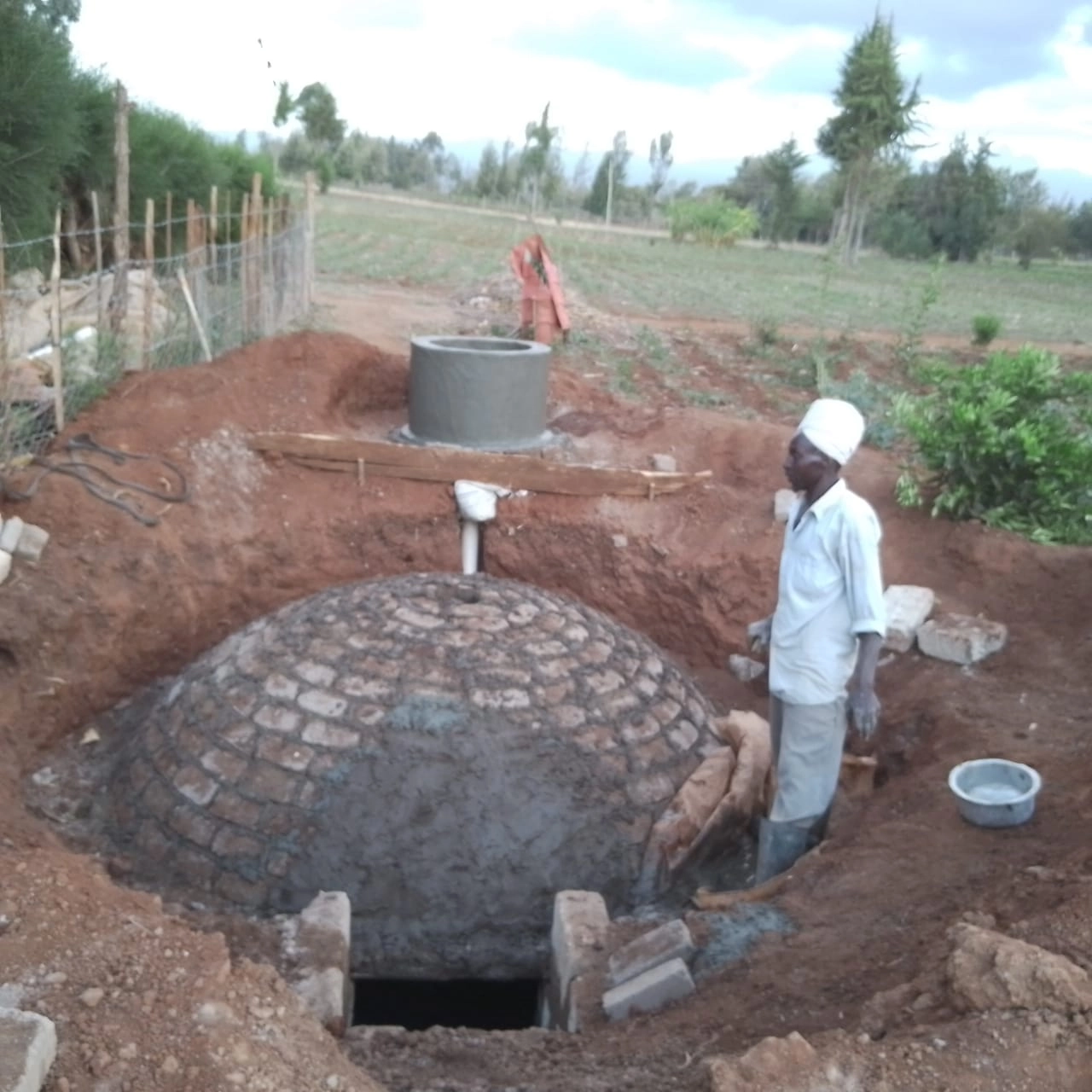Farming is not just about planting and harvesting crops; it’s also about managing resources efficiently and sustainably.
One essential aspect of sustainable farming is waste management. With the increasing awareness of environmental conservation, farmers are turning to innovative solutions like biodigesters to manage organic waste effectively while harnessing valuable resources.
In this article, we’ll explore how you can integrate a biodigester into your farming practices to enhance sustainability and productivity.

What is a Biodigester?
Definition of a Biodigester
A biodigester is a simple machine that turns organic waste into renewable energy and fertilizer.
It is a closed container where tiny organisms called bacteria break down plant and animal waste when there is no oxygen present.
Biodigesters are becoming more popular on farms and in communities.
How Does a Biodigester Work?
Organic waste like crop remains, animal poop, food scraps, and other plant and animal matter is put into the biodigester.
Tiny bacteria inside the digester break down this waste and release biogas, which is a mixture of methane and carbon dioxide gases.
The biogas can be used for cooking and heating purposes. The leftover slurry is a nutrient-rich fertilizer that can be used for plants and crops.
Benefits of Using a Biodigester
Renewable Energy Source
Biogas from the biodigester is a clean, renewable energy source. This means the biogas is made from materials that can be replaced naturally.
It can replace firewood, charcoal, and fossil fuels like oil and gas for cooking and heating.
Reduced Waste Management Costs
Instead of throwing away organic waste, you can put it into the biodigester.
This reduces how much waste you need to manage and the costs of managing that waste.
It also reduces pollution to the environment from improperly disposing of organic waste. Putting organic waste into the biodigester is a better way to manage it.
Setting Up a Biodigester on Your Farm
Choosing the Right Size
Biodigesters come in many different sizes. It is important to choose a biodigester size that is right for your farm.
You need to think about how much waste your farm produces and how much energy you need.
A biodigester that is too small will not be able to handle all your waste. A biodigester that is too big will waste space and resources.
The right size ensures your biodigester works well without being too big or too small.
Site Selection and Preparation
You need to pick a good spot to set up your biodigester. The spot should be close to where the waste is produced on your farm.
This makes it easy to feed the waste into the biodigester. The spot should also be away from water sources like rivers, lakes, or wells.
This prevents the biodigester from contaminating the water if it leaks. Once you pick the spot, you need to prepare it.
Level out the ground and make a firm, hard surface for the biodigester to sit on. This preparation ensures the biodigester is stable and won’t move around.
Installation Process
After choosing the right size and preparing the site, you need to install the biodigester properly.
It is best to hire professionals to do this for you. Bio Digester Kenya has experts who can install biodigesters correctly on farms.
They will come to your farm and guide you through the whole installation process step-by-step.
The professionals will make sure the biodigester is set up the right way. This ensures it will work properly and produce biogas and fertilizer efficiently.
Hiring Bio Digester Kenya takes the guesswork out of installation.
Feeding the Biodigester
Suitable Feedstocks
Biodigesters can process many different types of organic waste.
Organic means something that was once living, like plants or animals.
Good feedstocks (materials to feed into the biodigester) include crop remains left over after harvesting, like stems, leaves, and husks.
Animal poop, or manure, from livestock like cows, chickens, and pigs also makes great feedstock.
Food waste or scraps from your kitchen can be fed into the biodigester too. Even sewage sludge, the solid waste material left over from treating human sewage, can be used as feedstock.
The biodigester bacteria can break down all these organic materials.
Feeding Schedule
You need to feed your biodigester regularly by putting in the right amount of organic waste.
Having a schedule helps keep it running smoothly. Too much waste fed in at once is called overfeeding.
This can overwhelm the biodigester bacteria and disrupt the process of breaking down the waste properly.
Too little waste is underfeeding. This means the bacteria don’t have enough food to keep producing good levels of biogas.
Both overfeeding and underfeeding will reduce the biodigester’s performance. Follow the recommended feeding amounts and schedule for your biodigester size.
Maintenance and Monitoring
Regular maintenance and monitoring are very important for keeping your biodigester working at its best.
Check frequently for any cracks, holes, or leaks that may have developed. This prevents gas or slurry from escaping.
Monitor how much biogas is being produced to ensure appropriate levels. You’ll also need to clean out the biodigester periodically by removing the spent slurry.
This allows room for new waste to be fed in and digested.
Proper maintenance like fixing leaks, monitoring gas levels, and cleaning prevents bigger problems from developing over time.
Using the Biodigester Output
Biogas for Cooking and Heating
The biogas produced by the biodigester has many useful purposes. One main use is for cooking food.
The biogas can fuel stoves or ovens just like gases from fossil fuels.
But biogas is better because it is renewable and does not contribute to pollution. Biogas also works great for heating homes, greenhouses, barns, or other buildings on the farm.
When burned, biogas gives off heat energy that can warm up spaces. Using biogas for cooking and heating replaces having to burn firewood, charcoal, or other solid fuels.
These solid fuels release a lot of smoke and particles that can make indoor air unhealthy to breathe. Biogas burns much cleaner with less smoke and particles.
Slurry as Organic Fertilizer
After the organic waste is digested by the bacteria, what is left over is called slurry. This slurry is very nutrient-rich and makes an excellent fertilizer for crops.
The slurry contains important nutrients like nitrogen, phosphorus and potassium that help plants grow big and strong.
Unlike chemical fertilizers from factories, the slurry fertilizer is made naturally from organic materials.
This organic slurry can be applied directly to soil for crops, gardens, farms, and fields.
Adding it to the soil improves the soil health and fertility over time.
Plants and crops grown with the slurry fertilizer will be more productive and nutritious.
Using the slurry cuts down on the need to purchase and apply chemical fertilizers, saving money. It is an affordable way to fertilize plants while recycling organic waste.
Integrating the Biodigester into Your Farming Practices
Biodigester and Crop Production
A biodigester fits very well into your regular cycle of growing crops on the farm.
After harvesting your crops, you can feed all the plant waste like stems, leaves, and husks into the biodigester.
This recycles the waste instead of letting it rot or burning it. The nutrient-rich slurry produced can then be used right away as fertilizer for preparing new planting fields.
The biogas from the digester can be used to heat greenhouses for growing crops year-round. It can also help dry grains or other crops by providing heat after harvesting.
Biodigester and Livestock Management
If you have livestock animals like cows, pigs, or chickens, their manure makes a great feedstock for the biodigester.
Collect the animal waste and feed it into the digester regularly. This gives you a better way to manage the manure instead of just letting it pile up.
The biodigester turns the smelly manure into useful biogas and fertilizer.
The leftover slurry can also be used as a nutrient-rich bedding material for livestock pens and barns. Using digested slurry improves cleanliness and absorbs better than regular undigested manure.
Biodigester and Sustainable Farming
Overall, integrating a biodigester into your farm promotes sustainable and environmentally-friendly farming practices.
By recycling organic waste through the digester, you reduce the amount going to landfills or polluting the environment through burning.
The biogas provides a renewable, non-polluting energy source to replace fossil fuels.
And the slurry fertilizer improves soil health and fertility without needing chemical fertilizers made from non-renewable sources.
Embracing biodigester technology moves your farm toward more sustainable operations for a healthy future.
Working with Bio Digester Kenya
About Bio Digester Kenya
Bio Digester Kenya is one of the top companies providing biodigester systems in the country of Kenya.
They specialize in designing, making, and properly installing high-quality biodigesters.
Their biodigesters are meant for use on farms of all sizes, as well as in homes and households.
Bio Digester Kenya’s mission is to promote sustainable farming and household practices through the use of efficient biodigester technology.
They aim to be the biodigester leader serving all of Kenya.
Services Offered
Bio Digester Kenya offers a full range of services related to biodigesters.
First, they can assess your farm or property to determine if a biodigester is suitable and the optimal size needed.
Their engineers will then custom design the right biodigester system based on your specific needs and waste output.
Once designed, their professional installation team will build and set up the biodigester properly on your site.
They also provide maintenance services to keep your biodigester running smoothly, as well as training on how to operate and feed the system.
Why Choose Bio Digester Kenya?
You should choose to work with Bio Digester Kenya because of their expertise and commitment to quality.
Their team has years of extensive experience specifically with biodigester systems and technology.
This ensures you get a high-performing biodigester installed correctly. Bio Digester Kenya also uses top-notch materials and strictly follows all manufacturing and installation standards.
This results in a long-lasting, durable biodigester for your farm.
Additionally, they offer ongoing support services and maintenance after installation to maximize the biodigester’s effective lifespan.
With Bio Digester Kenya, you can rely on true professionals.
Conclusion
Integrating a biodigester into your farming practices is a smart choice for sustainable and profitable agriculture.
Biodigesters provide renewable energy, reduce waste management costs, and improve soil fertility.
By working with Bio Digester Kenya, you can ensure proper installation and maintenance of your biodigester, maximizing its benefits for your farm.
Take the first step towards a cleaner, greener, and more efficient farming operation by investing in a biodigester today.
FAQs
1. How long does it take for a biodigester to start producing biogas? It typically takes 2-4 weeks for the bacteria in the biodigester to establish and start producing biogas consistently.
2. Can I use the biogas directly for cooking? Yes, the biogas from the digester can be used directly for cooking after removing impurities like moisture and hydrogen sulfide.
3. How often do I need to clean the biodigester? The frequency of cleaning depends on the size and usage of the biodigester. Generally, it is recommended to clean it every 6-12 months.
4. Can I use the slurry from the biodigester on all types of crops? Yes, the slurry is a nutrient-rich organic fertilizer suitable for most crops. However, it is best to dilute it before applying it to sensitive plants.
5. How long does a biodigester typically last? With proper installation, maintenance, and operation, a well-constructed biodigester can last for 15-20 years or even longer.
-
Bio Gas Generator
Rated 5.00 out of 5KSh 160,000 – KSh 360,000 Order Via WhatsApp -
Sale!
BioDigester 2M³
KSh 160,000Original price was: KSh 160,000.KSh 130,000Current price is: KSh 130,000. Order Via WhatsApp -
Sale!
BioDigester 1M³
Rated 5.00 out of 5KSh 85,000Original price was: KSh 85,000.KSh 65,000Current price is: KSh 65,000. Order Via WhatsApp
